
Introduction
Sorbet is a refreshing and delicious frozen dessert that can be made using various fruits and flavors. Traditionally, a food processor is recommended for making sorbet due to its ability to puree ingredients quickly and efficiently. However, not everyone has access to a food processor. In such cases, a blender can be a suitable alternative. In this guide, we will explore the possibility of using a blender for making sorbet and provide specific considerations and techniques to achieve the desired results. From ingredient preparation to blending techniques, we will help you navigate the process of making sorbet using a blender effectively.
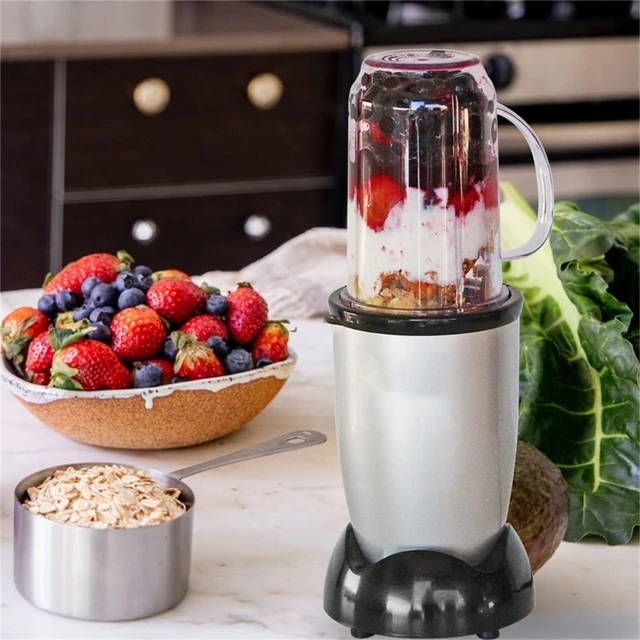
Can I use a blender instead of a food processor for sorbet?
Considerations for Using a Blender
1.1. Blender Type and Power
The type and power of the blender can significantly impact its ability to make sorbet. High-speed blenders, often with a power of 1000 watts or more, are generally more effective in breaking down and pureeing ingredients to a smooth consistency. However, lower-powered blenders can also be used with some adjustments and considerations.
1.2. Blade Design
The blade design of the blender is another crucial factor to consider. Blenders with sharp, strong blades that are positioned close to the bottom can achieve better results when processing frozen fruits and ingredients. Consider using blenders with robust blade systems for optimal performance.
1.3. Capacity and Size
Blender capacity and size can affect the efficiency of sorbet making. Smaller blenders may require multiple batches or smaller quantities of ingredients to be processed at a time. Consider the capacity of your blender and adjust the recipe and quantities accordingly.
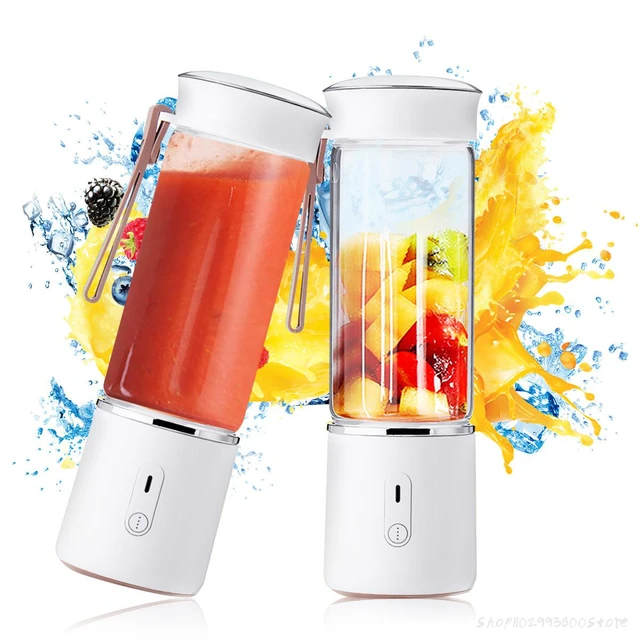
Ingredient Preparation
2.1. Freezing Fruits
To achieve the desired sorbet consistency, it is important to freeze the fruits properly before blending. Slice or chop the fruits into smaller pieces before freezing them on a baking sheet lined with parchment paper. This allows them to freeze individually, preventing clumping and ensuring even blending.
2.2. Sweeteners and Flavorings
The addition of sweeteners and flavorings is essential for enhancing the taste of the sorbet. Consider using natural sweeteners like honey, agave syrup, or maple syrup. Flavorings such as lemon juice, extracts, or herbs can also be added to complement the fruit flavors.
Blending Techniques
3.1. Pulse and Blend Method
When using a blender for sorbet making, the pulse and blend technique can help achieve a smooth texture. Start by pulsing the frozen fruit pieces to break them down into smaller chunks. Then gradually increase the blending speed, allowing the blender to process the ingredients until a smooth and creamy consistency is reached.
3.2. Scraping Down the Sides
Blenders with narrow containers may require occasional scraping down of the sides to ensure even blending. Pause the blending process, open the blender’s lid, and use a spatula to scrape down any chunks or residues that may have stuck to the sides. This will help achieve a consistent texture.
3.3. Adding Liquid
Depending on the consistency of the sorbet mixture, you may need to add small amounts of liquid to aid in the blending process. Add liquid gradually, starting with a tablespoon at a time, until the desired texture is achieved. Be mindful not to add too much liquid, as it can make the sorbet too watery.
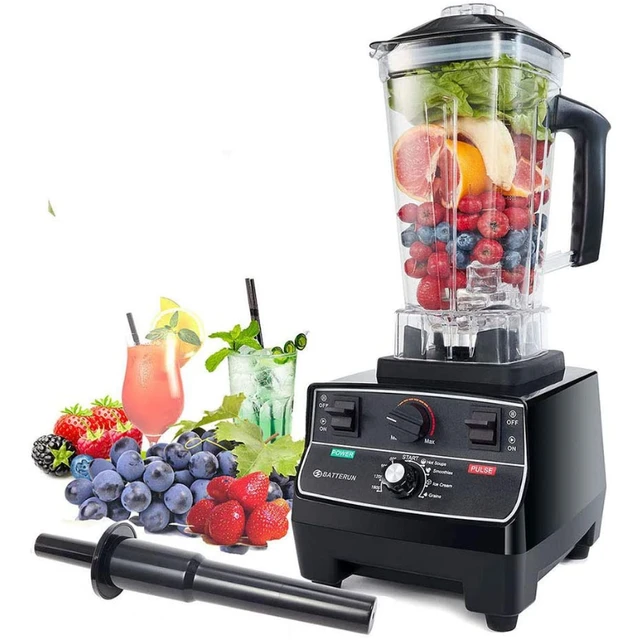
Adjusting the Recipe for Blender Use
4.1. Smaller Batches
If your blender has a smaller capacity, consider making the sorbet in smaller batches to ensure efficient blending. Adjust the recipe amounts accordingly, taking into account the blender’s capacity and the desired quantity of sorbet.
4.2. Pre-blending Ingredients
For blenders with lower power or less effective blending capabilities, pre-blending certain ingredients before freezing them can help achieve a smoother consistency. For example, blending softer fruits or adding some liquid to the blender before freezing can assist in the blending process.
Enhancing Texture and Consistency
5.1. Resting and Refreezing
After blending the sorbet mixture, it is beneficial to let it rest in the freezer for a short period to enhance its texture and consistency. Transfer the blended mixture to a container, cover it, and place it in the freezer for about 30 minutes to an hour before serving. This resting time allows the sorbet to firm up and develop a smoother texture.
Cleaning and Maintenance
6.1. Blender Cleaning
After making sorbet in a blender, it is important to clean it properly to avoid any lingering flavors or residue. Disassemble the blender components, wash them with warm soapy water, and rinse thoroughly. Pay close attention to the blade assembly and any crevices where food particles may get trapped.
6.2. Motor Safety
To ensure the longevity and safety of your blender’s motor, avoid overworking it when processing frozen ingredients. Give the blender short breaks between blending cycles to prevent overheating. If your blender has a pulse function, use it intermittently to reduce stress on the motor.
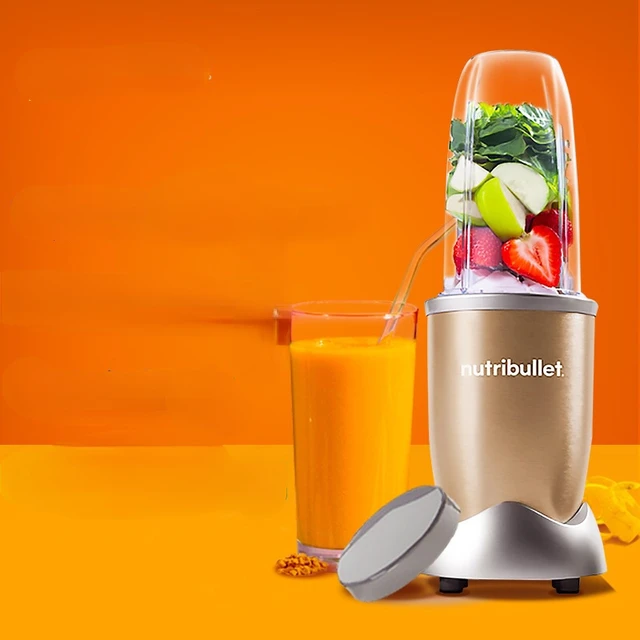
Experimenting with Flavor Combinations
8.1. Fruit Combinations
Sorbet offers endless possibilities for flavor combinations. Don’t hesitate to experiment with different fruits and create unique blends. Consider combining fruits with different levels of sweetness and acidity to achieve a well-balanced and refreshing sorbet. Some popular combinations include strawberry and kiwi, mango and pineapple, or raspberry and lemon.
8.2. Adding Texture
To enhance the texture of your sorbet, consider incorporating additional elements. You can add chopped fruit pieces, such as diced mango or crushed berries, during the blending process to add bursts of flavor and texture. Alternatively, fold in small pieces of chocolate, crushed nuts, or cookie crumbs after blending to create a delightful crunch.
Advanced Techniques for Blender Sorbet Making
9.1. Straining the Mixture
For an even smoother sorbet, strain the blended mixture before transferring it to the freezer. This step helps remove any remaining fibers or seeds, resulting in a velvety texture. Place a fine-mesh strainer over a bowl or container and pour the sorbet mixture through it, pressing gently to extract the smoother liquid.
9.2. Layered Sorbet
Create visually appealing and multi-flavored sorbet by making different fruit purees separately and layering them in serving dishes or molds. Allow each layer to freeze partially before adding the next one to achieve distinct layers. This technique adds a beautiful presentation to your sorbet dessert.
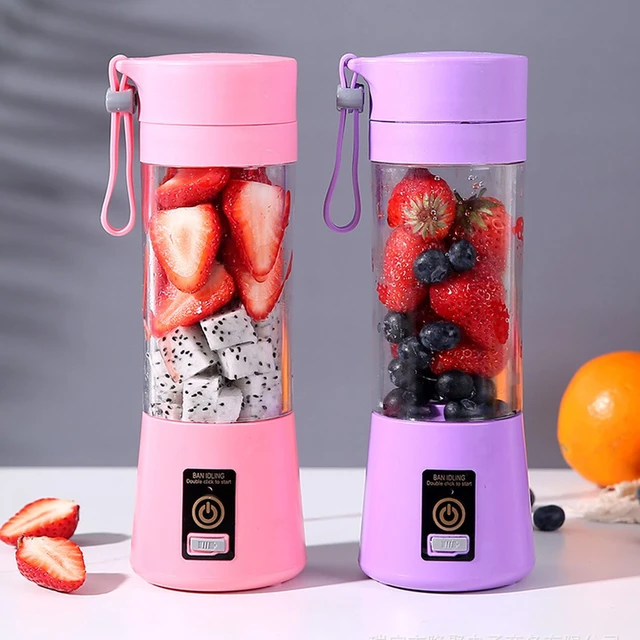
Conclusion
While a food processor is often recommended for making sorbet, a blender can be a suitable alternative with careful considerations and adjustments. The key to success lies in choosing a blender with appropriate power and blade design, preparing the ingredients properly, and employing effective blending techniques. By following the guidelines and recommendations outlined in this guide, you can confidently make sorbet using a blender and enjoy the refreshing flavors of homemade frozen desserts. Experiment with different fruits, flavors, and techniques to create personalized sorbet creations that delight your taste buds.